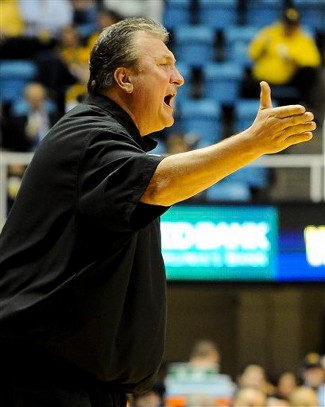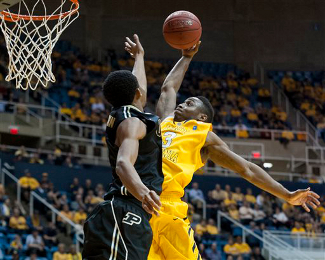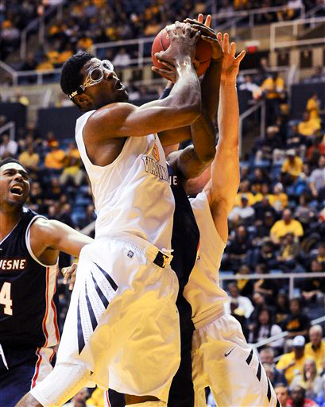Texas Longhorns (12-4 overall, 1-2 Big 12) at West Virginia Mountaineers (10-6, 2-1)
WVU Coliseum | Morgantown, WV | Tip: 6 P.M. | TV: ESPNU
The Big 12 was widely thought to be a three-team league before the season tipped off in November. Kansas and Oklahoma State were the clear-cut favorites, and in fact were tied atop the pre-season poll of the conference’s coaches. Baylor was predicted to be just a step behind them, with the rest of the league not expected to make much noise. The Mountaineers and Longhorns, who finished seventh and eighth in last year’s standings, were predicted to hold steady in those slots this year.
As it turns out, the league is much deeper and tougher than even its own coaches could have predicted. The top eight teams in the Big 12 are all ranked in the top 65 of Ken Pomeroy’s rankings, with three in the top twelve. Every road game is going to be tough to win, as Oklahoma State learned in Manhattan and Morgantown on the last two Saturdays.

Bob Huggins has turned things around this season
(Photo credit: Andrew Ferguson/Associated Press) 
Point guard Juwan Staten is flying high this year
(Photo credit: Andrew Ferguson/Associated Press) 
Devin Williams and WVU excel on the offensive glass
(Photo credit: Andrew Ferguson/Associated Press) |











